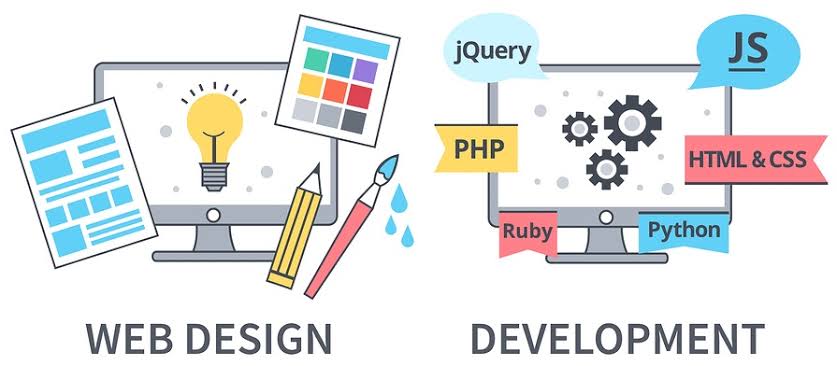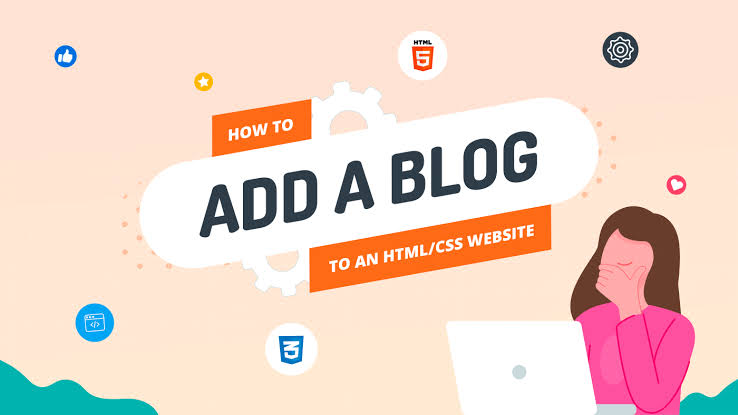The basic principles of web design are what make the difference between a website people enjoy using and one they leave in seconds. If you’ve ever clicked on a site that felt messy, slow, or confusing, it probably broke some of these rules.
Think about it: when you land on a website, the first few seconds decide whether you stay or bounce off. If it looks clean, loads quickly, and feels easy to navigate, you’re likely to stick around. That doesn’t happen by chance, there are certain principles designers follow to get it right.
So, if you’re just starting out or you’ve been curious about what really makes a good website, learning the basic principles of web design is a game changer.

What Are the Basic Principles of Web Design?
In simple terms, the principles of web design are like a set of rules that guide you when building a website. They help you make a site that looks good, is easy to use, and keeps visitors coming back.
Here’s a little spoiler though: knowing one or two principles won’t cut it. For example, you might design a beautiful page, but if it’s slow to load or hard to navigate, people won’t stick around. To get the full picture, you need to balance all the major principles. Let’s break them down.
The Core Principles of Web Design
Keep It Simple
Simplicity is powerful. A cluttered website can overwhelm people. But a clean, straightforward layout makes it easy for visitors to focus on what really matters which are your content or products.
Use Visual Hierarchy
This is just a fancy way of saying: make the important stuff stand out. Bigger headlines, bold colors, or prime placement on the page can help guide users’ eyes where you want them to go like to a “Buy Now” button or a key message.
Make Navigation Easy
Nobody wants to play hide-and-seek with your menu. Clear links, logical structure, and easy-to-find buttons mean visitors can move around without getting lost. Good navigation keeps people on your site longer.
Be Consistent
From fonts to colors to button styles, your site should feel the same across all pages. Consistency builds trust and makes your website look professional. Imagine wearing a suit with mismatched shoes, it just feels off.
Design for Mobile
Most people now use their phones more than their computers. That means one of the most important principles of web design is making your site mobile-friendly. A responsive design ensures your site looks great on any device, big or small.
Balance and Alignment
Think of your site like a room, you don’t want everything thrown into one corner. Balance in design means spacing things out nicely, aligning text and images properly, and giving enough breathing room (also called white space) so the page doesn’t feel cramped.
Speed Matters
We’ve all been there waiting forever for a page to load. Chances are, you don’t wait; you just leave. A fast website makes people happy and even boosts your Google ranking. Optimize your images, cut down on unnecessary extras, and choose good hosting to keep your site quick.
Use Readable Fonts
Your words won’t matter if people can’t read them. Stick to clean, easy-to-read fonts and proper sizes. Good typography isn’t flashy, it’s practical, and it makes your message clear.

Why These Principles of Web Design Are Important
Well, if you apply these principles of web design, you don’t just end up with a pretty site, you get one that works. Visitors will enjoy being there, they’ll stay longer, and they’re more likely to take action, whether that’s buying a product, signing up, or contacting you.
That’s why smart companies, like Albanny Technologies, focus on these principles when building sites for their clients. They know web design isn’t just about looks, it’s about creating value and results.
Conclusion
At the end of the day, the basic principles of web design are your roadmap to building websites that people love to visit. Simplicity, easy navigation, consistency, mobile-friendliness, balance, speed, and readability all work together to create a smooth experience.
So if you’re just starting out, keep these principles in mind every time you design or tweak a website. Remember that it’s not about perfection right away, it’s about progress. The more you practice, the better your designs will become. And who knows? Your next site might just be the one people can’t stop talking about.














